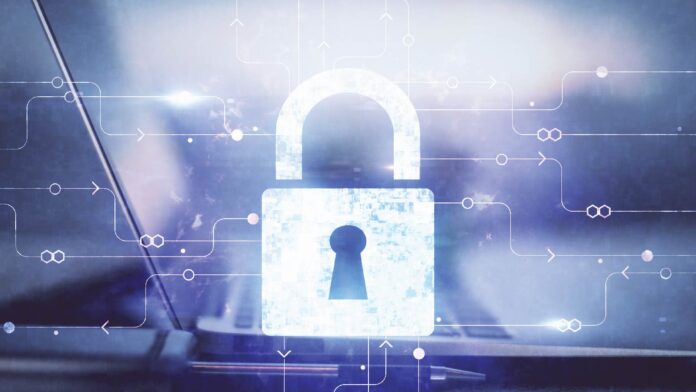CIOs believe that having an effective deception and denial defense measure buys the security team ample time to reply and stop an attack
It is well known that cybercriminals have access to a variety of techniques and tools, but they share a common goal. They plan to harvest the most significant profit with the minimal amount of effort. They continually search for attractive data stores with easy to penetrate defenses. Most local public councils are vulnerable to such attacks.
Most of these issues arise from a deficiency of IT resources. Most organizations end up storing vast volumes of financial and personal data. But most of them don’t hold the resources in secure places. Public horizontal agencies are a good target for hackers as compared to other private companies.
Mitigating the ransomware attacks
One of the most favorite strategies for cybercriminals is to increase the launch of ransomware attacks against local organizations. They initiate the attack by infecting core systems with nefarious code that encrypts the information, making it near-impossible to gain access to. The hacker then demands a hefty ransom in exchange for the encryption key required decrypting the data.
Read More: With Businesses Moving to the Cloud, Cybercriminals Keeping a Close Look
Such a tactic is useful to infiltrate the database due to the critical support provided to end-users and clients. The slightest interruption to the services will have a drastic knock-on impact, and as a result, most targets will choose to cough up the payment to retrieve their data.
The advanced ransomware strategy or the ransomware-as-a-service tech requires hackers to convince their targets to select a website link, supply their credentials, or using an infected USB drive into the system to gain illegal access of the network via the system.
Once they infiltrate the network, the hackers search for data stores and identify the enterprise’s locations to store valuable data. This infiltration will continue undetected in the system for weeks and even months.
Leveraging deception as protection
CIOs point out that cyber criminals mostly use deception as a technique to gain illegal access into the IT infrastructure. The same process can, however, be used by defender/security teams also. Security personnel can develop misleading traps and misdirection, which divert the hackers away from the actual target towards the false target. It successfully derails or delays a potential breach of sensitive enterprise data.
Security teams can achieve such deceptive traps by setting up fake files, credentials, and systems that appear genuine to the attacker. When the malicious actor has penetrated and communicated with such false targets, the defense strategy triggers an alert and starts the incident response tasks.
Read More: Ransomware Surge – How Enterprises can successfully Augment their Cyber Resilience
CISOs propose a higher level of protective measure and suggest factoring in denial technology to mitigate breach attempts. This tech will help further divert the hackers and prevent access to original production data. The hackers are denied all access to see or manipulate the data at all. When they try to probe for data, the activities will trigger an alert and deliver false information to them.
A good denial and deception strategy provides the security team to block an attack. At a higher level, the strategy will prevent hacks from gain access to assets, lateral movement through the network, or escalation of privileges in search of other possible targets.









